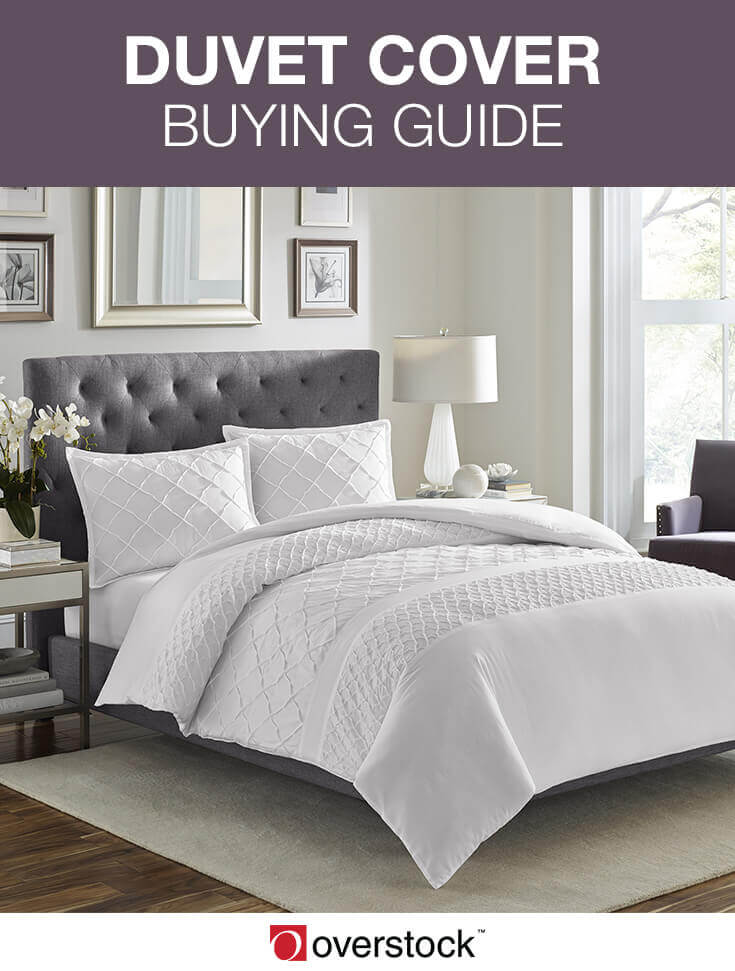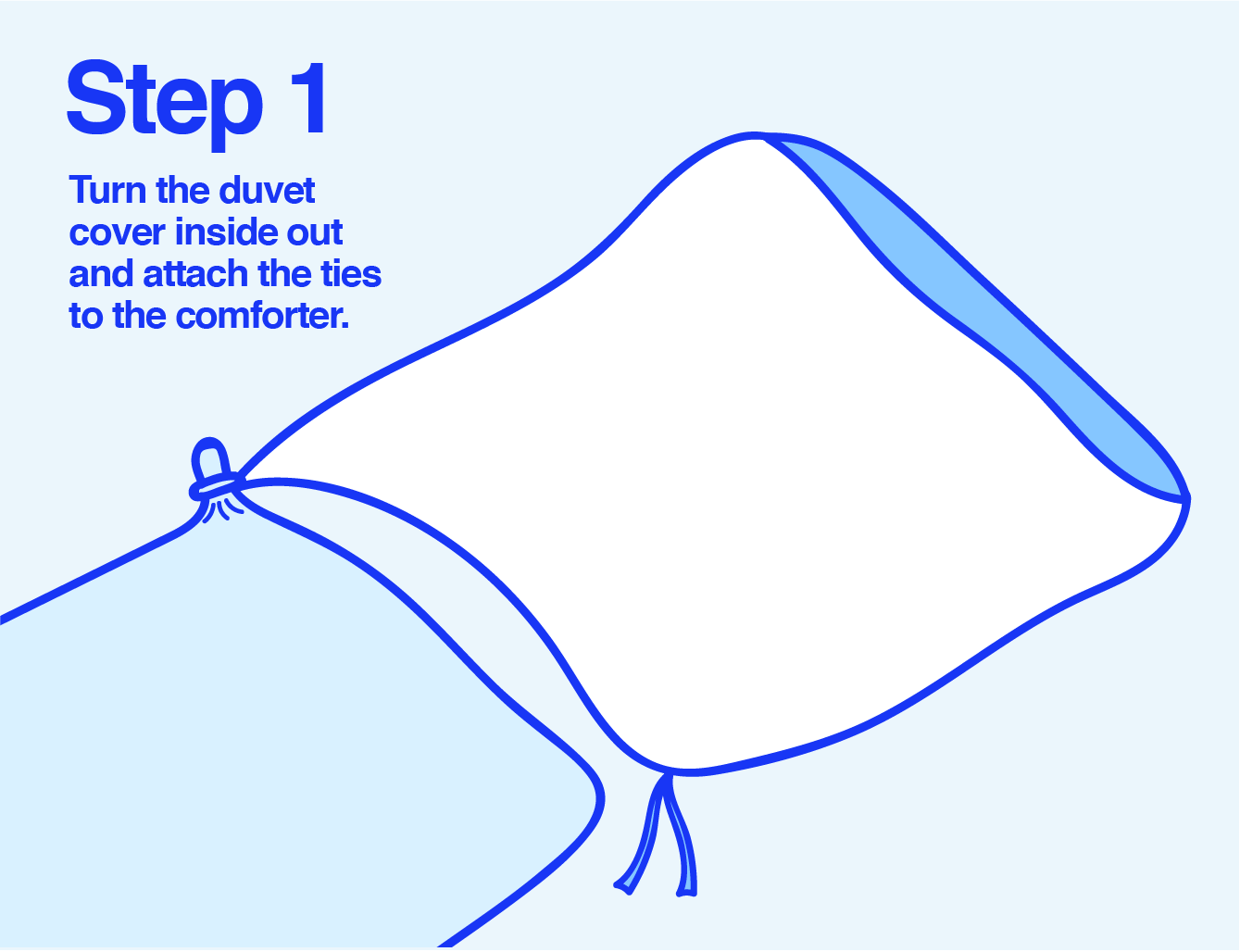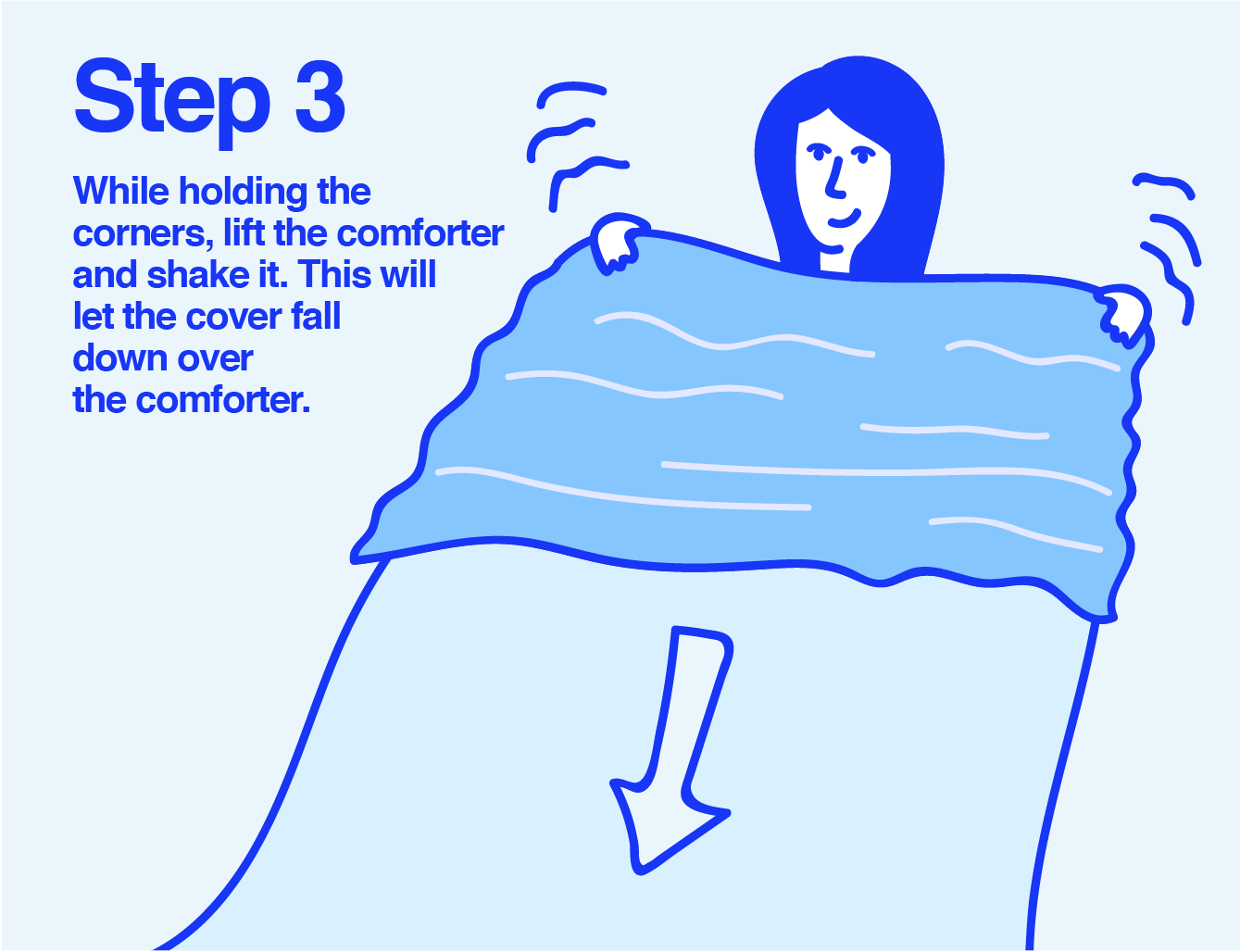Duvet Cover Buying Guide
A duvet cover is a protective fabric cover that slips over your down comforter or duvet insert, just like how a pillowcase works with a pillow. If you have any kind of duvet insert or comforter, a duvet cover is a worthwhile investment for a number of reasons. Read on for helpful information about the benefits of having a duvet cover, including things to consider before buying one and how to use it best once you have it.
Benefits of a Duvet Cover
There are a few great reasons to start using a duvet cover with your down comforter. Using a duvet will protect your comforter from stains, dirt, and dust, and it can be conveniently cleaned in your own washing machine. This saves you the trouble of taking your bulky comforter to a laundromat or dry cleaner. Additionally, keeping your comforter in a protective cover will keep it safe from the wear and tear of everyday use.
Duvet covers also make it a breeze to change the look of your bedroom. Rather than having several expensive comforters taking up space in your closet, you can have a handful of duvet covers and switch them out to match different styles and seasons. Duvet covers can often be found in a set with matching pillowcases or shams to provide a coordinated look.
Lastly, having multiple covers lets you pick different materials to give your comforter different levels of warmth. You can use a flannel cover during the cold months and something lighter during warmer seasons, or you can choose a material like silk to add a luxurious touch.
Things to Consider Before Buying
Size
Duvet covers are sold in the same sizes as other bedding, which range from twin to California king. The dimensions of duvets can vary slightly depending on the brand, so know the measurements of your duvet or comforter to ensure you get a cover that fits properly.
Material
Duvets generally come in the same fabrics as bed sheets. Cotton and polyester are the most common material for duvet covers because they are comfortable, easy to care for, and come in almost any style you're looking for. For a more luxurious look and feel, opt for cotton sateen or silk fabrications.
Thread Count
Duvet covers have a thread count measurement just like other bedding. The thread count for a duvet cover measures the number of threads per square inch of fabric and can be anywhere from 100 to 1,000. A higher thread count usually means a softer fabric, but it ultimately depends on the fabrication. A duvet cover with a thread count of 300 or higher is considered a quality cover.
How To Secure Duvet Covers on Comforters
The open end of a duvet cover will usually include buttons, snaps, ties, hooks and loops, or a zipper to secure the cover. This gives you plenty of options to suit your personal preference. Some duvet covers come with ties on the inside to attach to the corners of your comforter to keep your comforter from shifting around or bunching up inside the cover. After you've purchased a duvet, follow these simple steps to secure your comforter snugly inside.
Step 1
Place your comforter on your bed and turn your cover inside out. If your cover has ties, fasten the ties farthest away from the opening of the duvet to your comforter.
Step 2
Reach your arms into the duvet cover opening and grasp the corners of the comforter from inside the cover.
Step 3
Lift the corners and shake the comforter to turn the cover right-side-out as it falls off your arms and over the comforter. If necessary, you can have another person help pull the cover down or lay the entire comforter on the bed and pull the cover over the comforter.
Step 4
After the comforter is completely inside the cover, use the closure to secure the duvet. You can shake the covered comforter to fluff up the down filling before smoothing it across your bed. Now your comforter is ready to help you get a good night's sleep.
How to Care for Duvet Covers
Like you would with any fabric, check the manufacturer's instructions for specific care guidelines for your duvet cover. Different materials will require varying degrees of care, so be mindful of the washing and drying rules for the material. Cotton and blended fabrics can usually be cleaned at home with no hassle, but other materials like silk or linen might need to be taken to a professional cleaner.
Also, owning multiple duvet covers and switching them out regularly will keep them from wearing out too quickly. When you wash your extra covers, make sure they are completely dry before storing them to prevent mildew or mold. You can also fold and store your extra covers with a dryer sheet inside each one to help prevent any musty smells. If your cover is made from more delicate fabric, consider hanging it over a sturdy clothes hanger in your closet rather than folding and storing it in a stack.

























